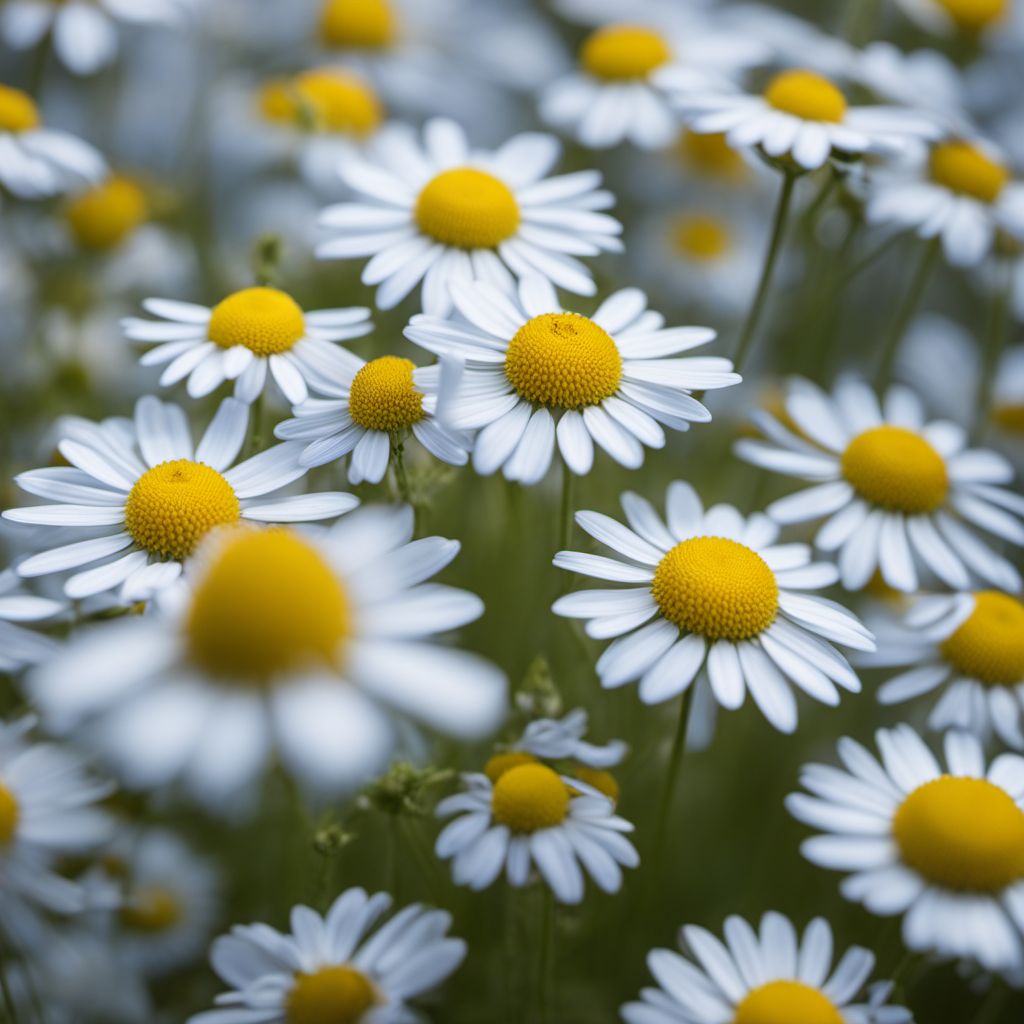
Ingredient
German chamomile
The Soothing Elixir: Unveiling the Wonders of German Chamomile
German chamomile is a small, daisy-like flower with a bright yellow center and delicate white petals. It has a distinct, sweet, and slightly fruity aroma. The flowers are harvested and dried to create a fragrant herbal tea or used as an ingredient in various culinary and medicinal preparations. German chamomile is known for its soothing and relaxing effects, making it a popular choice for promoting sleep, reducing anxiety, and soothing digestive discomfort.
Origins and history
German chamomile is native to Europe and Western Asia. It has a rich history dating back to ancient Egypt, where it was used for its medicinal properties. The herb was highly regarded by the Romans and Greeks, who used it for its calming effects and as a remedy for various ailments. German chamomile was later introduced to North America by European settlers and has since become naturalized in many regions.
Nutritional information
German chamomile is low in calories and does not provide significant amounts of macronutrients. However, it is rich in antioxidants, such as flavonoids, which have been associated with various health benefits.
Allergens
German chamomile may cause allergic reactions in individuals who are sensitive to plants in the Asteraceae family, such as ragweed or chrysanthemums.
How to select
When selecting German chamomile, look for dried flowers that are whole and intact, with a vibrant yellow center and white petals. Avoid flowers that appear discolored or have a musty smell.
Storage recommendations
To maintain the freshness and quality of German chamomile, store the dried flowers in an airtight container in a cool, dark place. Properly stored, it can retain its flavor and aroma for up to a year.
How to produce
German chamomile can be easily grown in a sunny location with well-drained soil. Sow the seeds directly in the garden or in containers during the spring. Regular watering and occasional pruning will help the plant thrive.
Preparation tips
To prepare German chamomile tea, steep 1-2 teaspoons of dried flowers in hot water for 5-10 minutes. Strain and enjoy the soothing and relaxing beverage. German chamomile can also be used as a flavorful addition to baked goods, salads, or infused into oils for skincare products.
Culinary uses
German chamomile is commonly used to make herbal teas, tisanes, and infusions. It can also be incorporated into desserts, such as cakes, cookies, and ice creams, to add a delicate floral flavor. Additionally, German chamomile can be used as a garnish for salads or infused into vinegars and oils for a unique twist.
Availability
German chamomile is commonly cultivated in Germany, Eastern Europe, and parts of North America.
